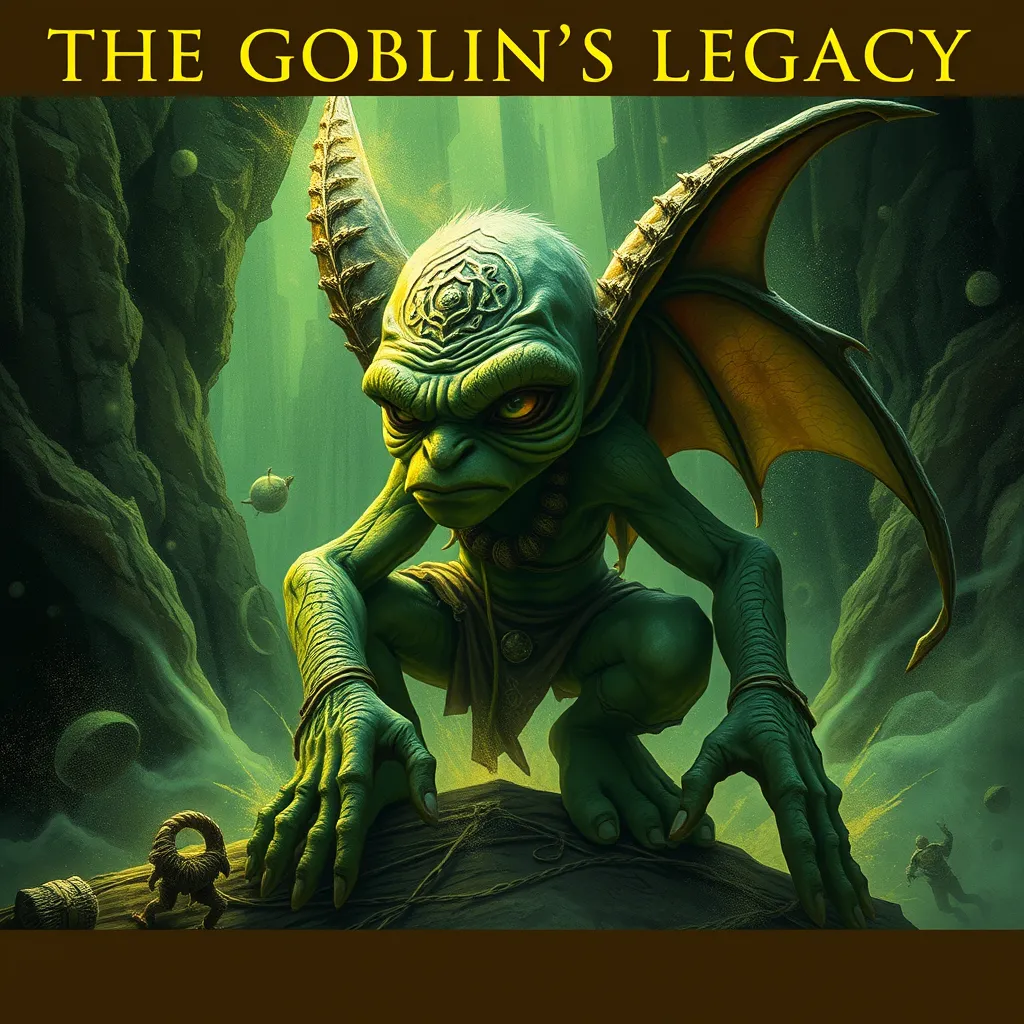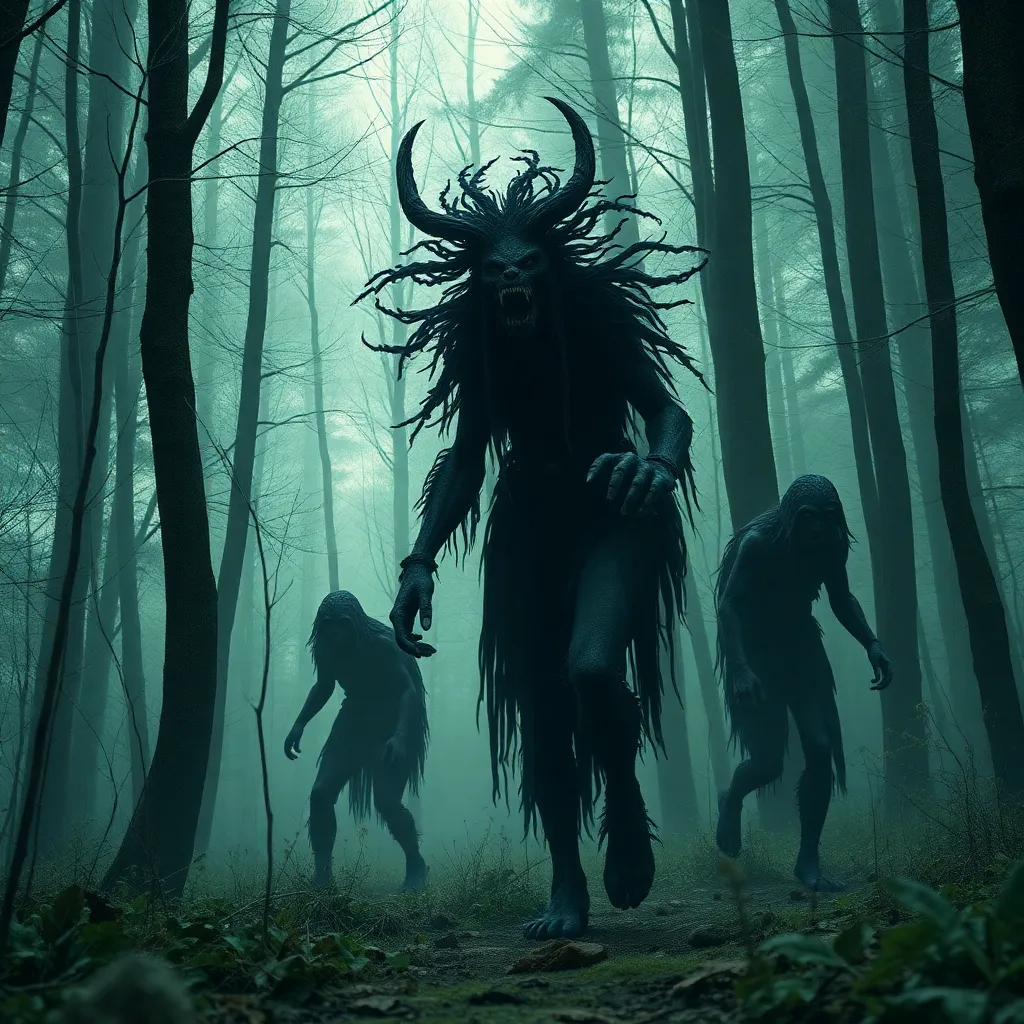The Trickster of the Forest: Examining the Curupira and its Connection to Zombie-like Beings
I. Introduction
The Curupira is a fascinating figure in Brazilian folklore, known for its role as a protector of the forest and its inhabitants. Often depicted as a mischievous trickster, the Curupira embodies the complex relationship between humans and nature. This article explores the cultural significance of the Curupira, the archetype of trickster figures in mythology, and the intriguing connection between the Curupira and zombie-like beings that permeate various cultural narratives.
II. The Legend of the Curupira
The Curupira is typically described as a small, child-like figure with striking red or orange hair, often said to have backward feet, which confound those who attempt to track it through the forest. This unique feature serves a dual purpose: it misleads hunters and intruders while symbolizing the Curupira’s role as a protector of the wild.
Origins of the Curupira myth can be traced back to indigenous Brazilian cultures, where variations of the legend exist across different tribes. Some portray the Curupira as a benevolent spirit, while others depict it as a vengeful guardian. Regardless of these variations, the common theme remains: the Curupira acts as a fierce protector of the forest, punishing those who exploit its resources.
III. Trickster Archetype in Folklore
Trickster figures are prevalent in folklore worldwide, characterized by their ability to outsmart others, often through cleverness and deception. The Curupira embodies these traits through its playful antics and cunning nature. Like other trickster figures such as Anansi the Spider from African folklore or Loki from Norse mythology, the Curupira uses humor and trickery to challenge societal norms and confront those who threaten the natural world.
- Definition and Characteristics: Tricksters often defy conventional behavior, acting outside the boundaries of society while reflecting deeper truths through their actions.
- Comparative Analysis: Similar to Coyote in Native American stories, the Curupira uses its tricks to teach valuable lessons about respect for nature.
- Role of Humor and Deception: The Curupira’s humorous escapades serve as a reminder of the importance of balance between humans and nature.
IV. The Connection to Zombie-like Beings
Zombie-like beings have become prominent figures in folklore and popular culture, often representing themes of death, resurrection, and the loss of humanity. These beings are typically characterized by their mindless behavior, a lack of agency, and a connection to the natural world.
When examining the traits of zombie-like beings in relation to the Curupira, several parallels emerge:
- Guardians of Nature: Like the Curupira, many zombie-like figures are tied to nature and often emerge as a result of environmental degradation.
- Loss of Humanity: The mindlessness of zombies can be seen as a metaphor for humanity’s disconnection from nature, a theme that resonates with the Curupira’s role as a guardian.
- Narrative Parallels: Both figures serve as cautionary tales, warning against the consequences of neglecting the environment.
V. Symbolism of the Forest and Nature
In Brazilian culture, the forest is often viewed as a living entity, teeming with spirits and life. The Curupira’s fierce protection of the forest underscores its significance within this worldview. Through its actions, the Curupira embodies the spirit of the forest, emphasizing the interconnectedness of all living beings.
The importance of the Curupira extends into contemporary environmental conservation narratives:
- Environmental Conservation: The Curupira symbolizes the fight against deforestation and the need to preserve natural habitats.
- Societal Fears: Zombie-like beings often symbolize societal fears related to environmental destruction, reflecting anxieties about what happens when humanity loses its connection to nature.
VI. Modern Interpretations and Adaptations
In recent years, the Curupira has found its way into contemporary literature and media, often depicted in a variety of forms, from children’s books to graphic novels and films. These modern interpretations explore the timeless themes of the Curupira’s story while adapting to contemporary societal issues.
The connection between the Curupira and zombie-like beings has evolved, showcasing the flexibility of folklore in addressing modern concerns. As globalization continues to spread cultural narratives, the Curupira’s story resonates in new ways with audiences worldwide.
VII. The Role of Folklore in Cultural Identity
Folklore plays a crucial role in maintaining cultural heritage, acting as a bridge between generations. The Curupira, as a prominent figure in Brazilian folklore, influences national identity and environmental consciousness. It serves as a reminder of the rich tapestry of stories that shape cultural understanding and values.
- Cultural Heritage: Folklore preserves the wisdom and experiences of past generations, ensuring that cultural knowledge is passed down.
- Environmental Consciousness: The Curupira’s story encourages a deeper appreciation for nature and the importance of environmental stewardship.
- Relevance Today: Mythological figures like the Curupira remain significant in addressing contemporary issues, highlighting the ongoing relevance of folklore.
VIII. Conclusion
In conclusion, the Curupira stands as a significant figure in Brazilian folklore, embodying the dual roles of trickster and guardian. Its stories resonate with themes of environmental protection and the importance of maintaining a connection to nature. As folklore continues to evolve, the Curupira’s narrative reflects the interconnectedness of cultural myths and modern societal issues, reminding us of the enduring nature of these age-old tales.



